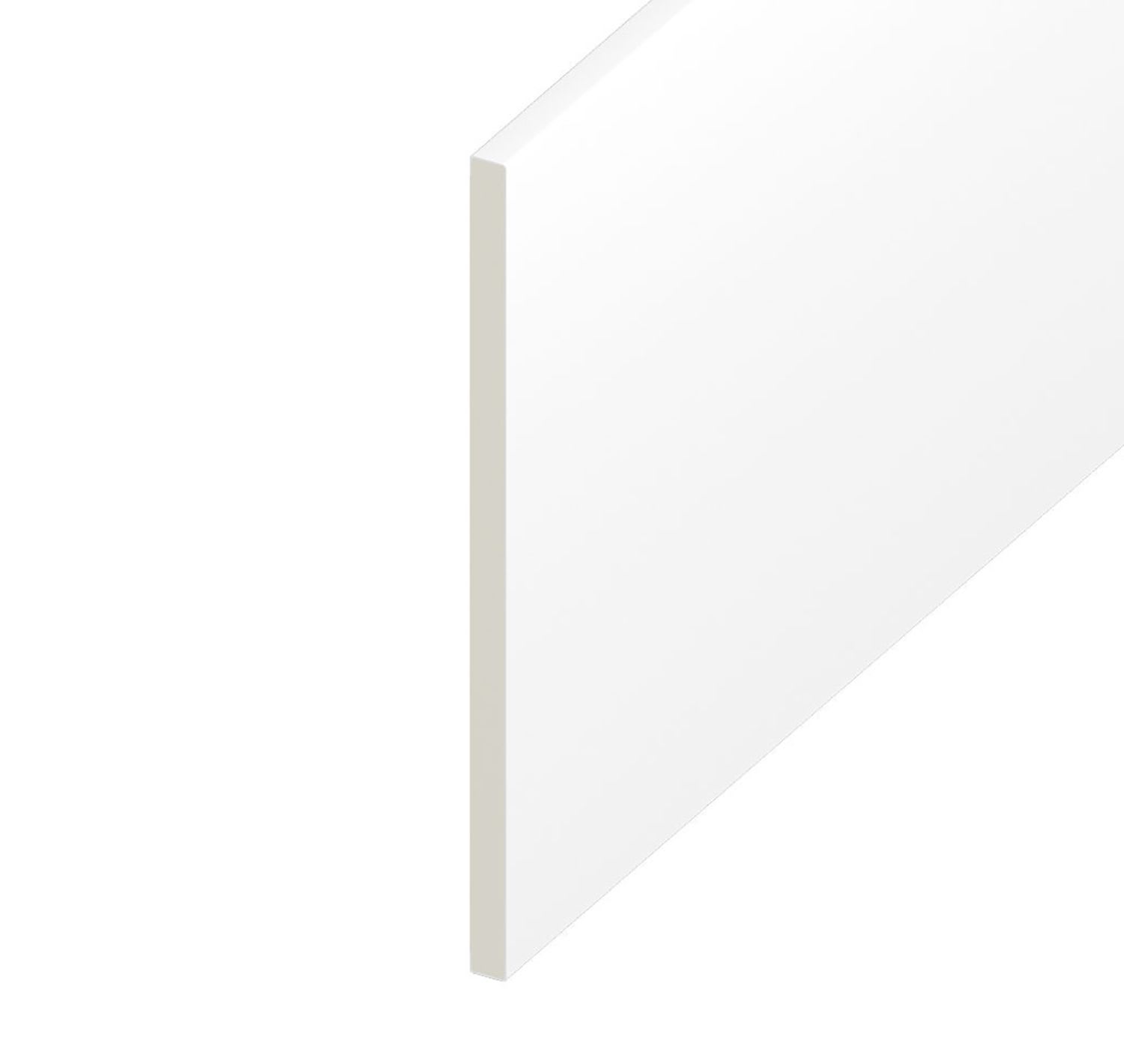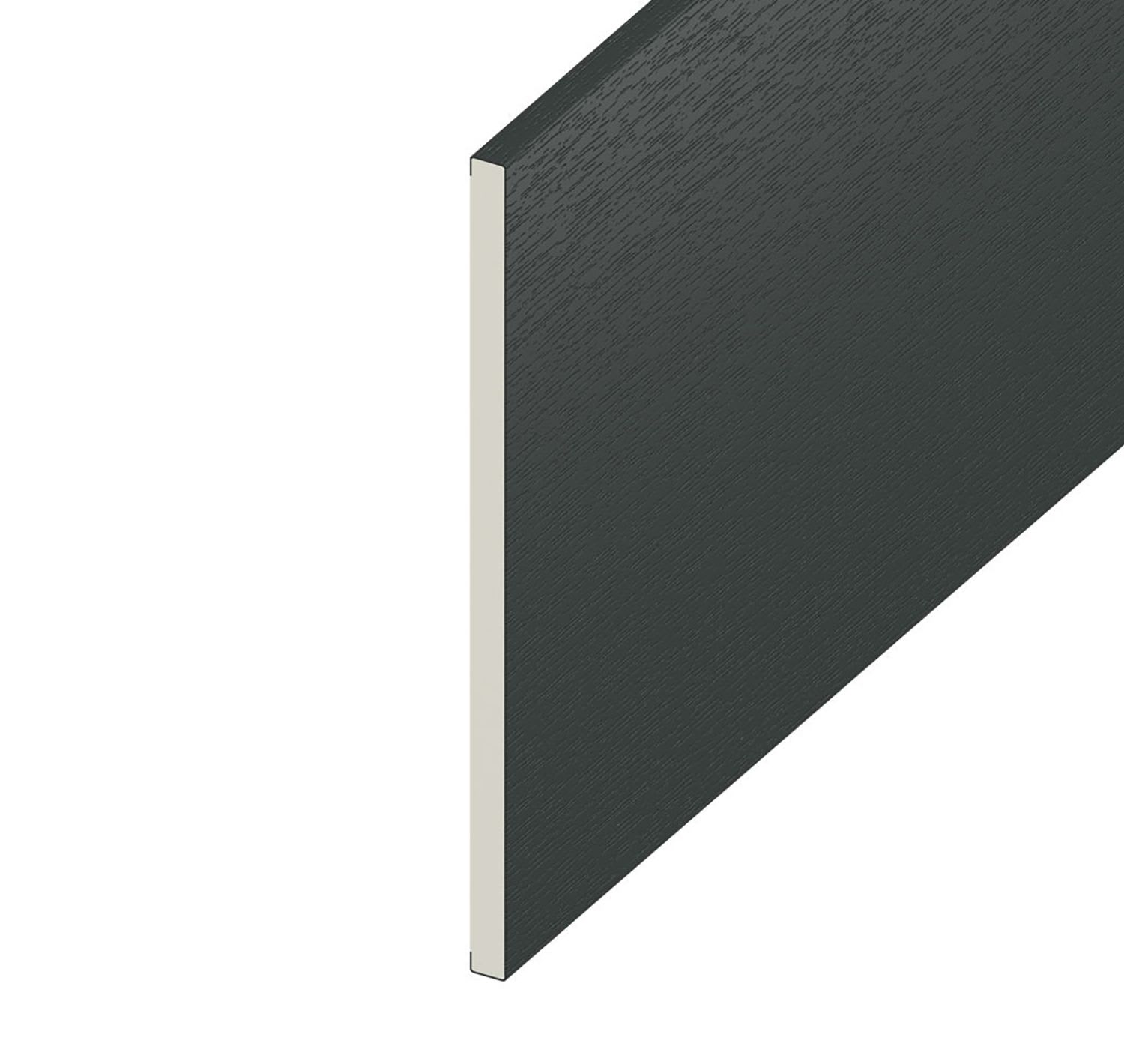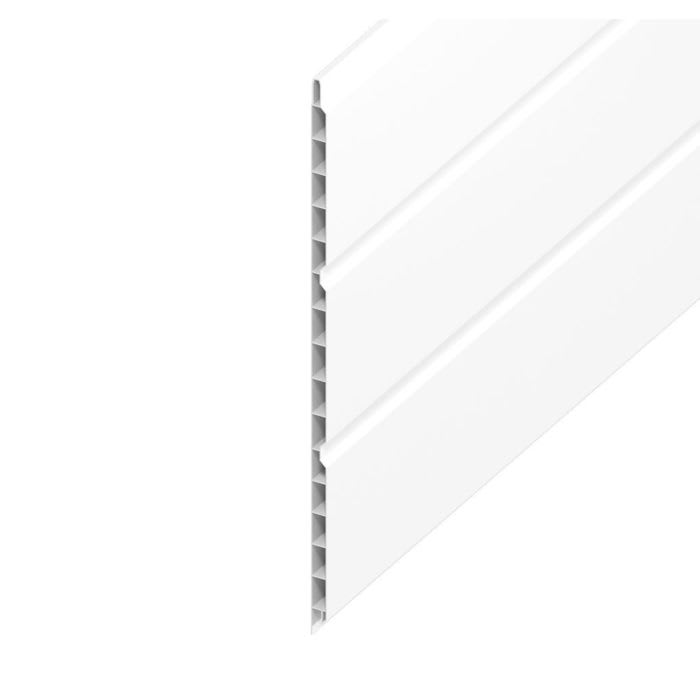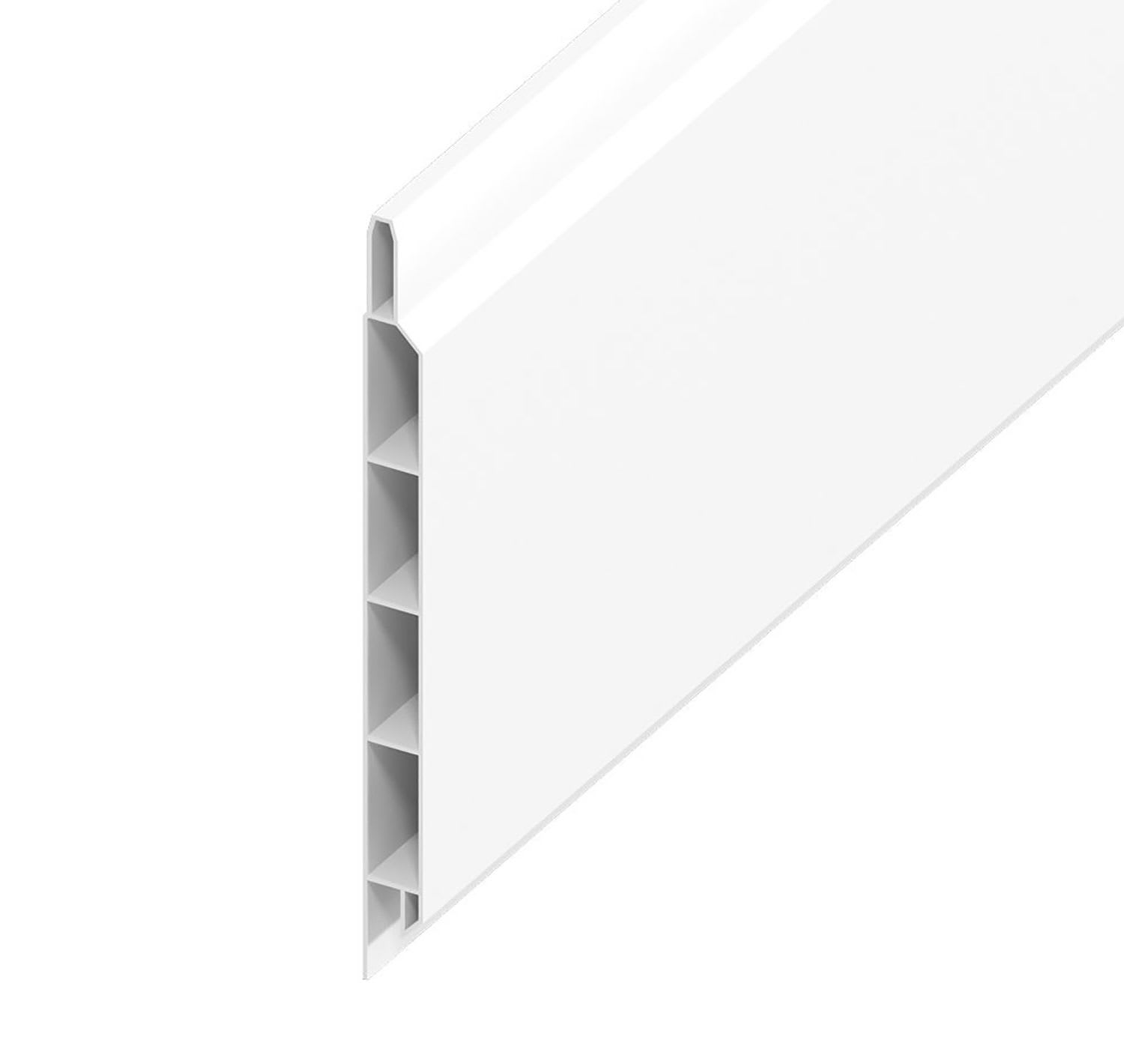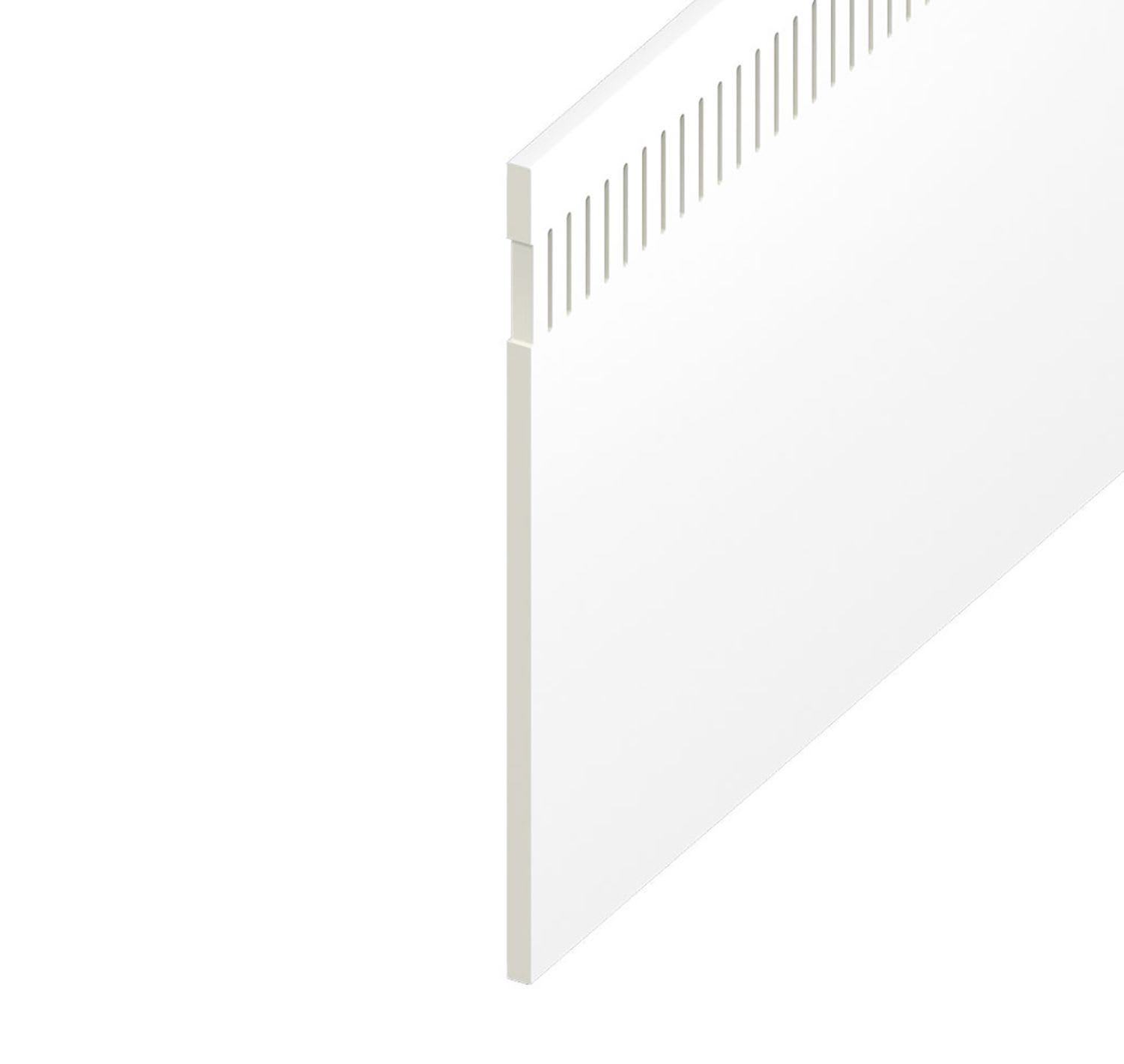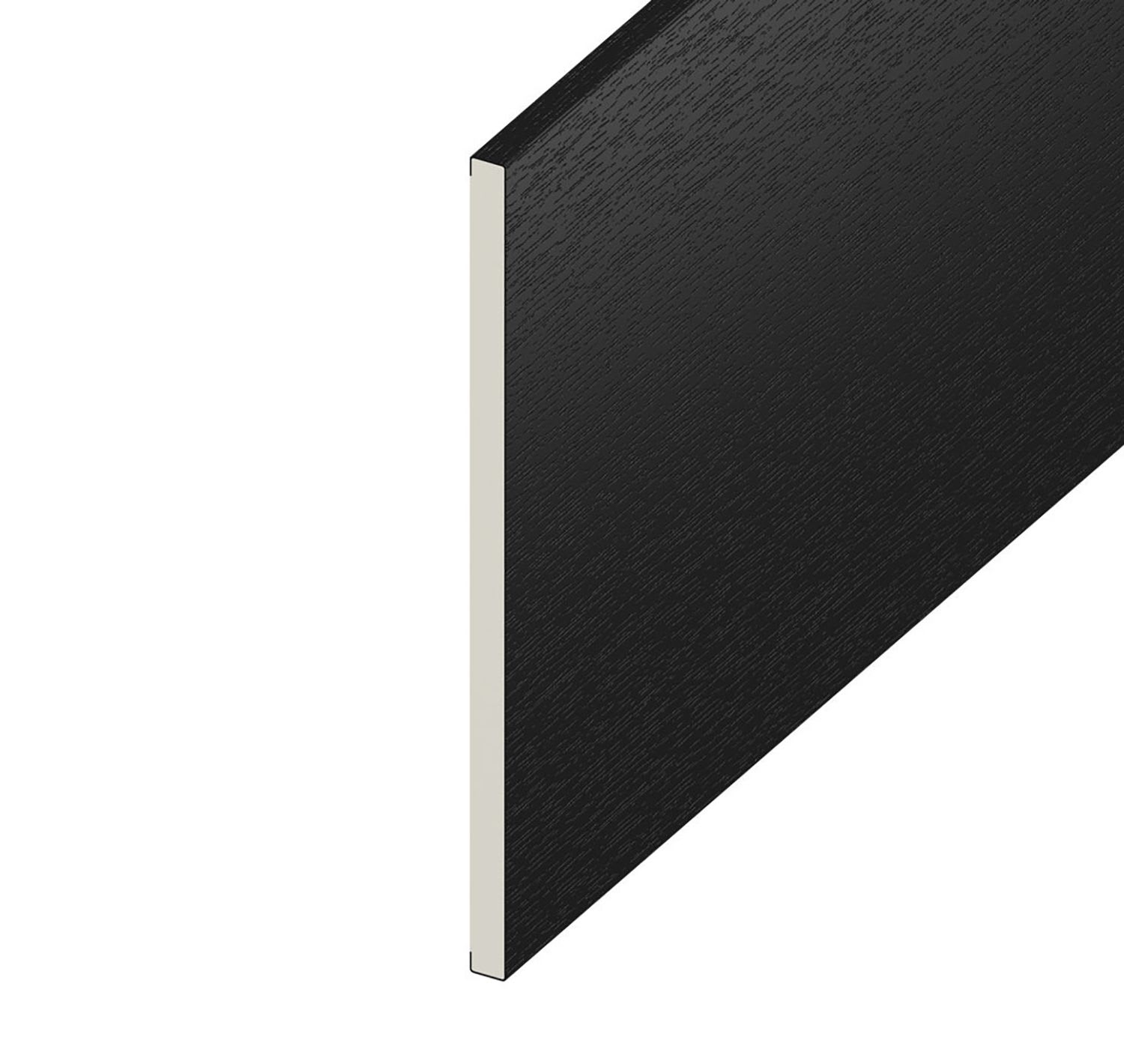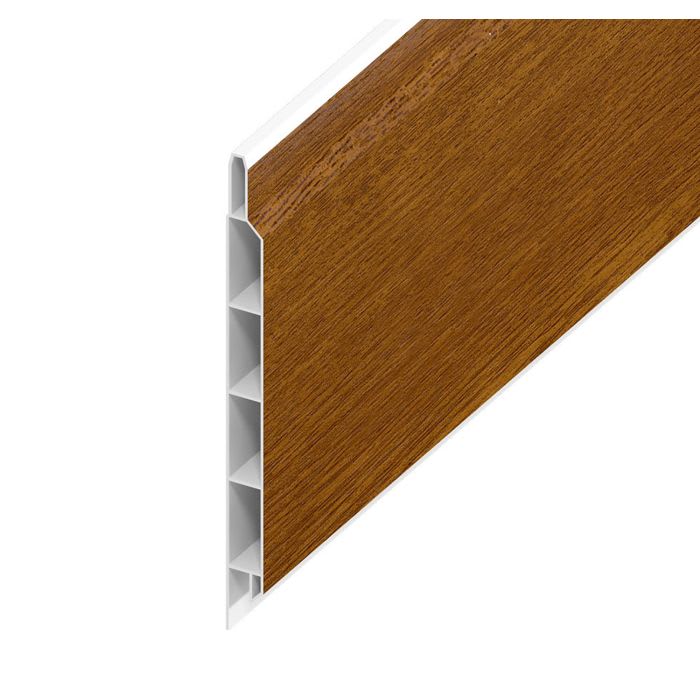Soffit Boards
(61 Products)Soffit boards are installed horizontally on the underside of the roof’s overhang (eaves), creating a seamless transition between the vertical fascia board (mounted along the roof’s edge) and the exterior wall of the building. Functionally, soffit boards act as a critical protective barrier for the 'underbelly' of the roof overhang, including the eaves and the exposed ends of the roof rafters. They shield these vulnerable areas from damaging weather like wind-driven rain and snow, while also sealing off entry points to prevent pests such as birds, rodents, and insects from accessing the roof space.
What Are Soffit Boards?
Soffit boards are the panels or boards located on the underside of a roof's overhang, also known as the eaves. The term "soffit" originates from the Latin word 'suffixus', meaning "fixed underneath", or the French 'soffite', similarly meaning "something fixed underneath", which accurately describes their location. These boards bridge the horizontal gap between the bottom edge of the fascia board and the building's exterior wall.
They work in conjunction with the fascia board - the vertical board running along the roof's edge that often supports the guttering. Together, the soffit (underneath) and fascia (front-facing) enclose the eaves, providing protection by shielding rafters from weather and pests, offering a finished aesthetic appearance, and, if vented, allowing crucial airflow into the attic space.
Locating Soffits: Understanding the Eaves
Soffit boards are situated beneath the eaves, which are defined as the edges of the roof that overhang the face of the building's walls. The soffit board itself is the material used to enclose the underside of this overhang, effectively acting as a ceiling for this exterior space.
Specifically, the soffit board spans the horizontal gap between the bottom edge of the fascia board (the vertical board mounted at the end of the roof rafters) and the exterior wall of the building. If one stands close to the building's exterior wall and looks directly upwards towards the edge of the roof, the flat surface visible is the soffit. This position makes the soffit a crucial "bridge" or "transition" element, seamlessly connecting the vertical wall plane to the angled or horizontal roof edge.
Benefits
- Weather Protection: The soffit board physically blocks wind-driven rain, snow, and moisture from penetrating the underside of the eaves. Without this barrier, water could infiltrate the roof space, leading to dampness, condensation, and eventually the decay and rot of timber components like rafters and roof decking.
- Pest Prevention: The enclosed space under the eaves can be an attractive nesting site for various pests, including birds, squirrels, insects, and rodents. Soffit boards effectively seal this gap, creating a physical barrier that deters these unwanted creatures from entering the roof void or attic.
Soffit Board Styles: Vented, Flat, and Hollow
- Vented Soffit Boards: The defining feature of vented soffits is the presence of perforations, slots, or holes designed to permit airflow into the roof space. Their primary function is to facilitate attic ventilation, making them essential components of a balanced roof ventilation system where intake at the eaves is required. These are available in specific widths, such as 200mm.
- Flat/Plain/Solid Soffit Boards: These boards provide a continuous, unbroken surface on the underside of the eaves. They offer a clean, smooth aesthetic and robust protection against weather and pests. Flat soffits are typically used in situations where roof ventilation is achieved through alternative methods (like over-fascia vents, tile vents, or gable vents) or where specific ventilation at the soffit level is not required or deemed necessary based on building design or regulations. They are available in various widths, including 150mm, 200mm, and 300mm, allowing for flexibility in covering different overhang depths.
- Hollow Soffit Boards: This style features a hollow internal structure, distinguishing it from solid boards. The primary advantages of hollow soffits are their reduced weight and often lower cost compared to solid alternatives. Being lighter can make them easier to handle and install, particularly when working at height. Hollow soffit boards are commonly manufactured from uPVC. They are available in widths such as 300mm.
How to Choose the Right Soffit Boards
- Ventilation Requirements: This is often the primary functional consideration. Assess whether the attic or roof space requires ventilation intake at the eaves level. Factors influencing this include the overall roof ventilation strategy (presence of ridge or gable vents), the pitch of the roof, and local building regulations. If ventilation via the soffit is necessary to prevent moisture buildup, mould, or ice dams, then Vented Soffit Boards are the correct choice. If adequate ventilation is provided by other means, or if the construction type does not require soffit ventilation, then Flat/Solid Soffit Boards can be used for a smooth finish.
- Style and Colour Compatibility: The chosen soffit should align with the building's architectural style. Select colours, such as the available White or Anthracite Grey options, that complement or intentionally contrast with the fascia boards, gutters, window frames, and main cladding or wall finish.
- Size (Width): Measure the depth of the roof overhang accurately to determine the required soffit board width. Common widths like 150mm, 200mm, and 300mm are available to suit different eaves dimensions. Ensure the chosen width fully covers the gap between the fascia and the wall.
- Installation: Consider the ease of installation. Lighter materials like Hollow uPVC can be easier to handle and fix overhead compared to heavier options like solid timber or fibre cement.
Frequently Asked Soffit Boards Questions
Can Installing or Replacing Soffits Improve My Home's Energy Efficiency?
Yes, particularly when vented soffits are used as part of a roof ventilation system. By allowing cool air intake, soffits help regulate attic temperature. This prevents excessive heat buildup in summer, reducing the load on air conditioning systems. In winter, good ventilation helps prevent moisture buildup that can dampen insulation, making it less effective and increasing heating costs.
How Do Soffits Contribute To The Overall Curb Appeal Of A House?
Soffits provide a clean, finished look to the underside of the roof eaves, concealing potentially untidy structural elements like rafter tails. This creates a polished appearance and enhances the visual transition between the roof and walls.
The choice of soffit colour and style can be coordinated with fascias, gutters, and siding to create a cohesive or contrasting design, significantly impacting the home's exterior aesthetic. Well-maintained soffits signal a well-cared-for property.
What Are Ice Dams, And How Do Vented Soffits Help Prevent Them?
Ice dams are ridges of ice that form at the edge of a roof (eaves), preventing melting snow from draining properly. They typically occur when heat escaping from the house warms the upper part of the roof, melting snow. This meltwater runs down to the colder eaves, where it refreezes.
Vented soffits help prevent ice dams by allowing cold outside air into the attic. This helps keep the attic and the underside of the roof deck cooler and closer to the outside temperature, reducing the snow melt from escaping heat and thus mitigating the formation of ice dams.

